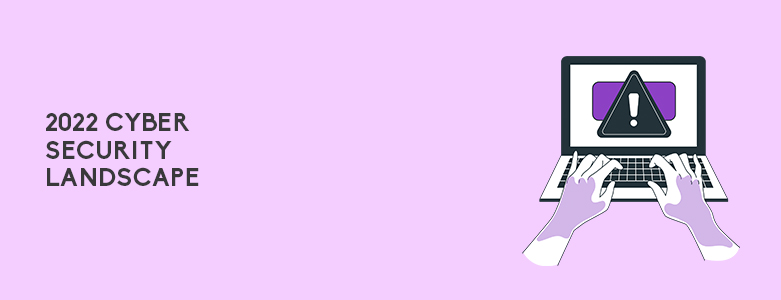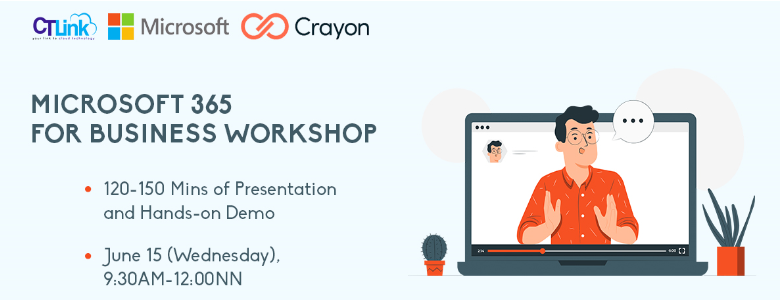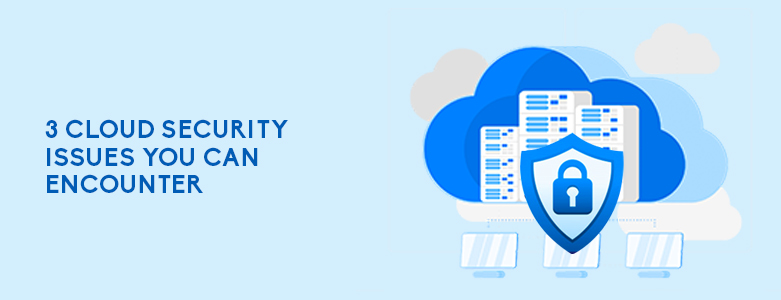Cyber Security Landscape in 2022

The past few years have been a rollercoaster of change for the security landscape. The global pandemic caught many companies off guard due to how fast they needed to adapt to a remote work environment. This allowed threat actors to use a variety of attacks, old and new, to exploit vulnerabilities in security during their […]
CT Link Workshop: Collaborate and Stay Secure with Microsoft 365!

When the pandemic hit, businesses all over the world had to scramble and adapt. Many small and medium-size businesses really struggled with these changes and did not know if they would be able to make it through. The “new normal” has demonstrated that in order to thrive, businesses need to invest in developing capabilities in […]
3 Cloud Security Issues You Can Encounter

What are some cloud security issues you can encounter? Misconfiguration of settings Endpoint user error Cyber threats Due to the flexibility, scalability, and mobility that cloud platforms give, numerous companies are migrating their workloads from on-premises data centers. Cloud providers invest a huge amount of money in research and development to implement better security than […]
Cloud One: A Trend Micro Solution for Businesses Looking to Build Their Cloud
With cloud technology advancements, more businesses are now connecting to the cloud to solve their IT needs. This is why the cloud infrastructure services market is now filled with different vendors, this has also caused many stakeholders to become involved in these infrastructure decisions. This has made cloud security even tougher. To be able to […]
Cloud Security: The Shared Responsibility Model
Have you ever asked yourself what the biggest threats are in the cloud? The answer may not be what you’d expect it to be. Rather than big named malware or cyber attacks, the biggest risk in the cloud happens due to service misconfigurations. Despite the cloud’s clear operating model, teams continue to make simple mistakes […]
Office 365 Update to Help Protect from Macro Based Malware Attacks
We are now in an era where it’s hard not to make use of new technologies such as Cloud Storage. With your data available anywhere you are through the connection of the internet, this has helped many businesses become more flexible in their operations. However, we are always skeptical on how safe our data is […]
